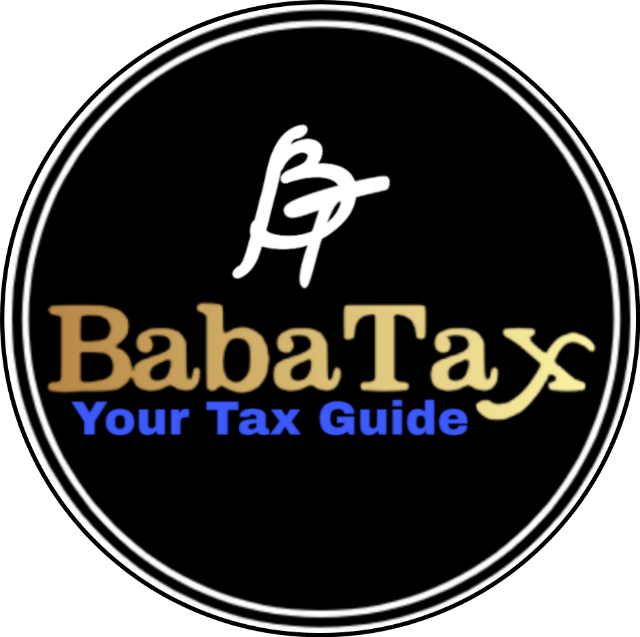
In a major relief for taxpayers and professionals, the Central Board of Direct Taxes (CBDT) has announced an extension for filing various audit reports under the Income-tax Act, 1961. The due date for the Previous Year 2024–25 (Assessment Year 2025–26) has been extended from 30th September 2025 to 31st October 2025.
Why Was the Extension Granted?
The decision comes after several representations from professional associations, including Chartered Accountant bodies, who flagged difficulties in timely completion of audits.
-
The challenges cited included floods and natural calamities in certain regions, disrupting normal business and professional activities.
-
The matter was also raised before High Courts, leading to wider consideration of taxpayer concerns.
Functioning of the E-Filing Portal
CBDT clarified that the Income-tax e-filing portal is functioning smoothly without any major technical glitches.
-
As of 24th September 2025, more than 4.02 lakh Tax Audit Reports (TARs) had been filed, including 60,000 TARs filed in a single day.
-
By 23rd September 2025, more than 7.57 crore Income Tax Returns (ITRs) had already been submitted.
This indicates that while the system is stable, the extension was primarily a taxpayer relief measure considering external circumstances.
Who Benefits from the Extension?
The extension applies to assessees covered under clause (a) of Explanation 2 to sub-section (1) of section 139 of the Income-tax Act, 1961.
-
Typically, this includes companies, LLPs, and other entities mandated to get their accounts audited.
-
It also extends to businesses and professionals who fall under compulsory audit provisions.
Implications for Taxpayers & Professionals
-
Extra Time for Compliance: Chartered Accountants and taxpayers now have an additional one month to complete audits and file reports.
-
Reduced Risk of Penalties: Timely extension prevents undue penal consequences for non-compliance.
-
Relief Amidst Disruptions: Particularly helpful for businesses in regions impacted by natural calamities.
Expert’s View
This move reflects CBDT’s balanced approach, ensuring compliance while acknowledging practical challenges. For taxpayers and professionals, the focus should now be on:
-
Completing audits well within the new deadline.
-
Avoiding last-minute rush to prevent system overload.
-
Preparing subsequent filings (like ITRs linked with audits) in advance.
Conclusion
The extension till 31st October 2025 provides welcome breathing space during the busy compliance season. Taxpayers are advised to use this additional time wisely to ensure accuracy and completeness of their audit reports.


Disclaimer:The article or blog or post (by whatever name) in this website is based on the writer’s personal views and interpretation of Act. The writer does not accept any liabilities for any loss or damage of any kind arising out of information and for any actions taken in reliance thereon.
Also, www.babatax.com and its members do not accept any liability, obligation or responsibility for author’s article and understanding of user.
For Advertising with us-
- Mail us at [email protected]
- Whatsapp us at +91-7024984925
